When you invest in an air purifier, you need to be 100% confident that a wide range of harmful pollutants will be removed from your home or workspace. Furthermore, it should be easy and inexpensive to maintain. But with so many models to choose from, finding the right air purifier can be a daunting task.
So, we’ve put together a comprehensive list of other brands,
with info on how they compare to Austin Air.
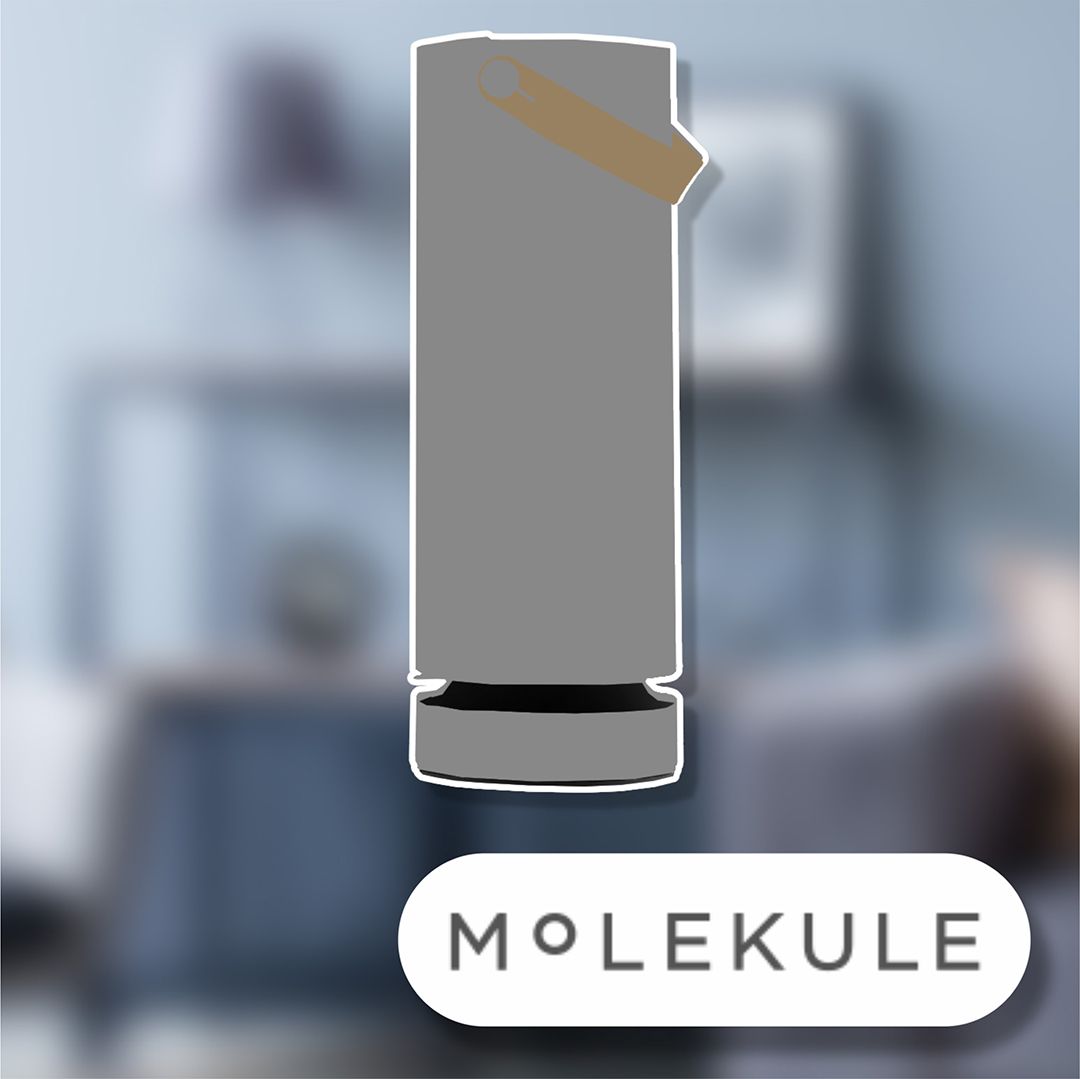
Molekule
In recent years there has been significant controversy surrounding the Molekule range of air purifiers. Independent tests carried out by Wirecutter Magazine found Molekule Air and Air Mini to be “The worst air purifiers we’ve ever tested”
Molekule’s PECO technology is a derivation of PCO, a process that uses UV lights to transform pollutants into carbon dioxide and water. According to the EPA, PCO air purifiers are not effective when it comes to the removal of gases. This type of technology can also generate harmful by-products such as formaldehyde and they have been known to generate ozone.
Air Doctor
The Air Doctor uses very little carbon in its filter, according to one independent testing site there are only 2.2lbs of activated charcoal (compared to 15lbs of activated carbon in an Austin). This is not sufficient for the removal of chemicals, gases, and VOCs.
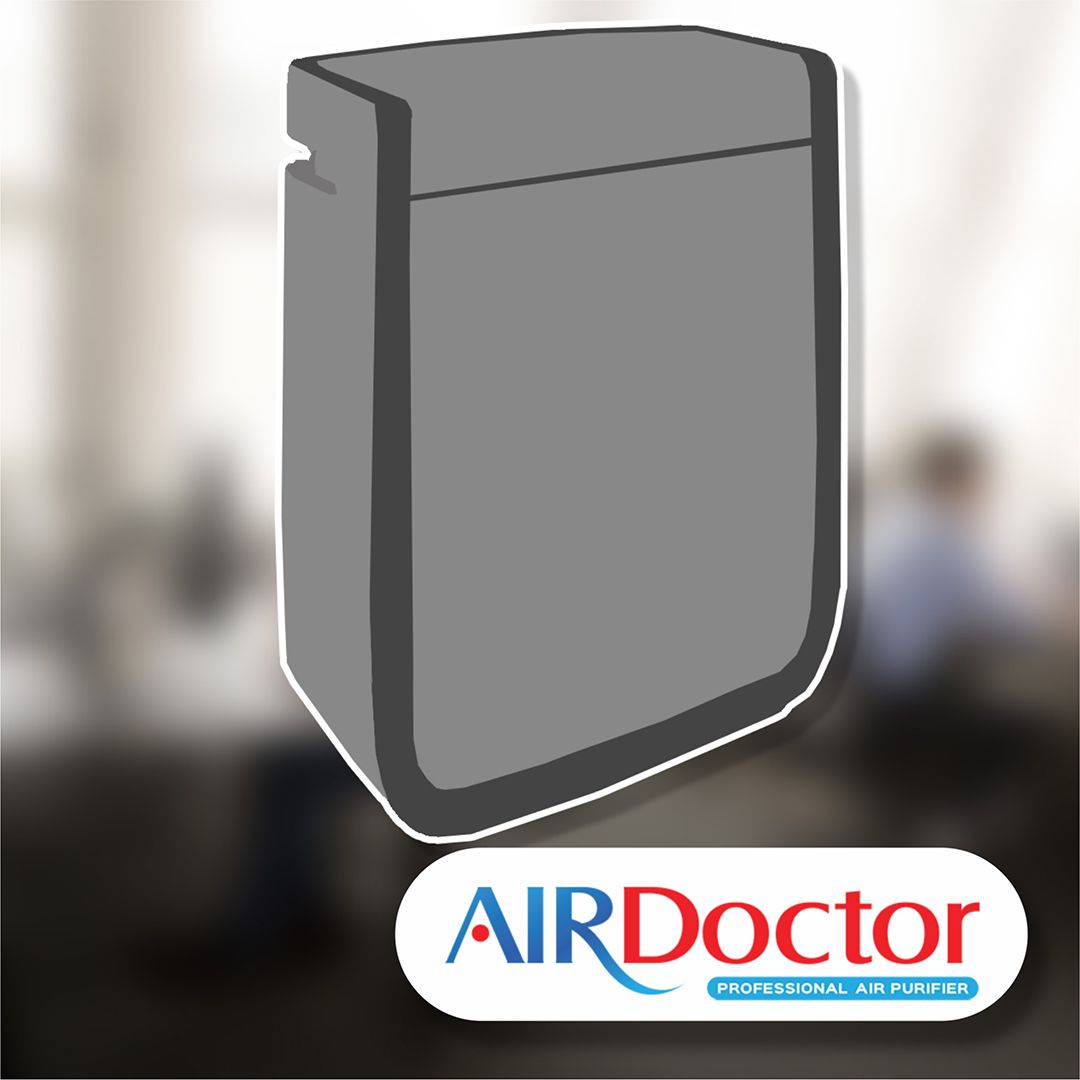
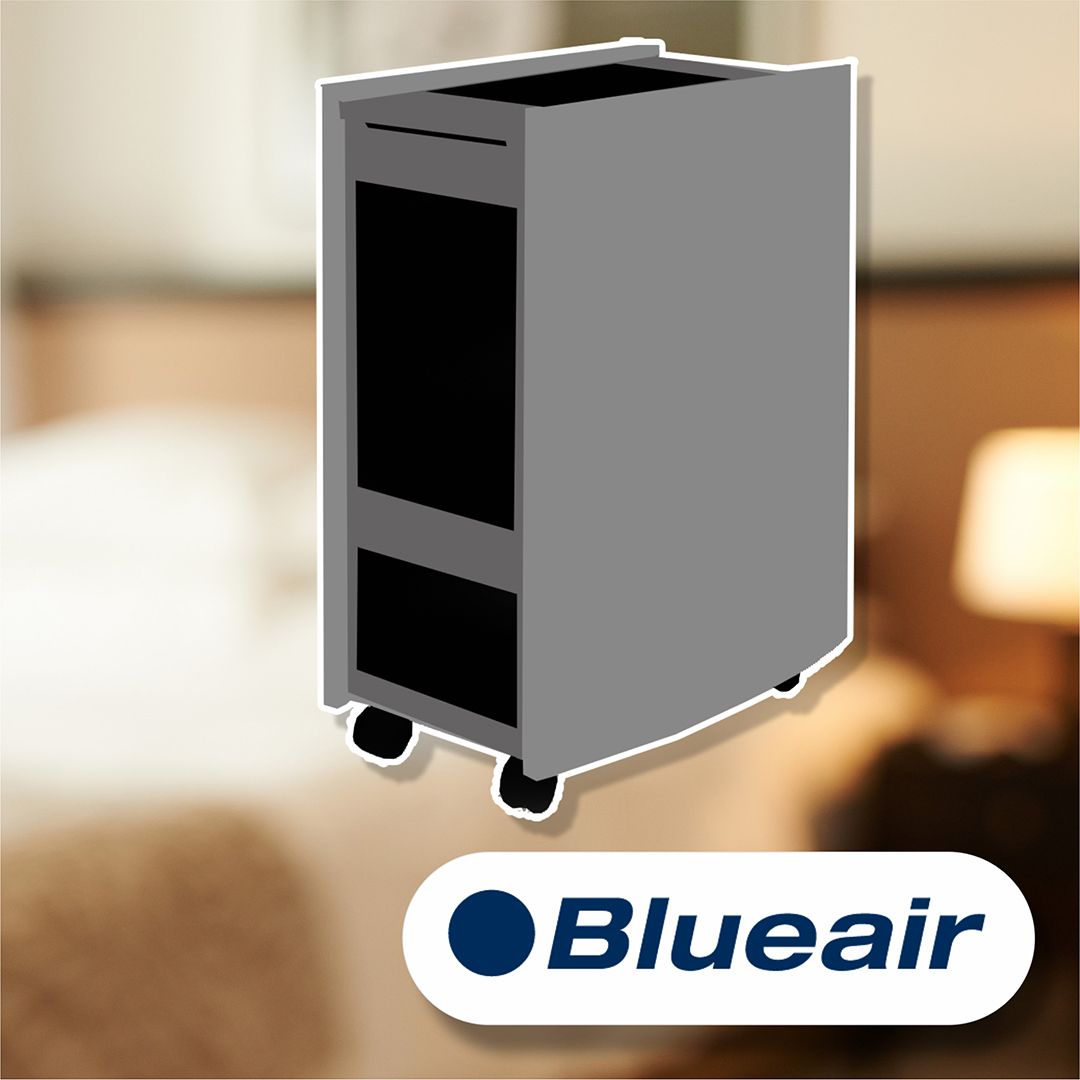
Blue Air
Blue Air air purifiers use a combination of HEPA-type material and ionizer technology also referred to as electronic air purifiers. A number of independent studies show that ionizers can produce dangerous levels of chemicals, either directly or as a by-product of chemical reactions.
In April 2021, a group of scientists wrote an open letter to schools advising them against the use of electronic air purifiers, as they remain untested, and may actually create more contaminants.
According to Blue Air, filters should be changed every 6 months. Prices for replacement filters can be up to $150, or $1500 over 5 years. In the same period, our highest price replacement filter is a fraction of the cost.
Medify
According to Medify, filters should be replaced every 2500 hours, that’s every 104 days if used continually. Even when signing up to Medify’s replacement filter program, filters can cost up to $111. Over 5 years that’s around 17 filter changes, even more expensive than Blue Air!


Box Pure Air (Apex)
Like other models, this unit uses very little carbon in its filter, so
will not effectively remove VOCs and chemicals. Box Pure also requires regular
filter changes, sometimes as often as every 2 months.
IQ Air
IQ Air only uses 5lbs of carbon in its VOC and chemical filter, compared to 15lbs in an Austin. This would explain why, even when not running constantly, IQ Air filters need to be replaced every 2 years.
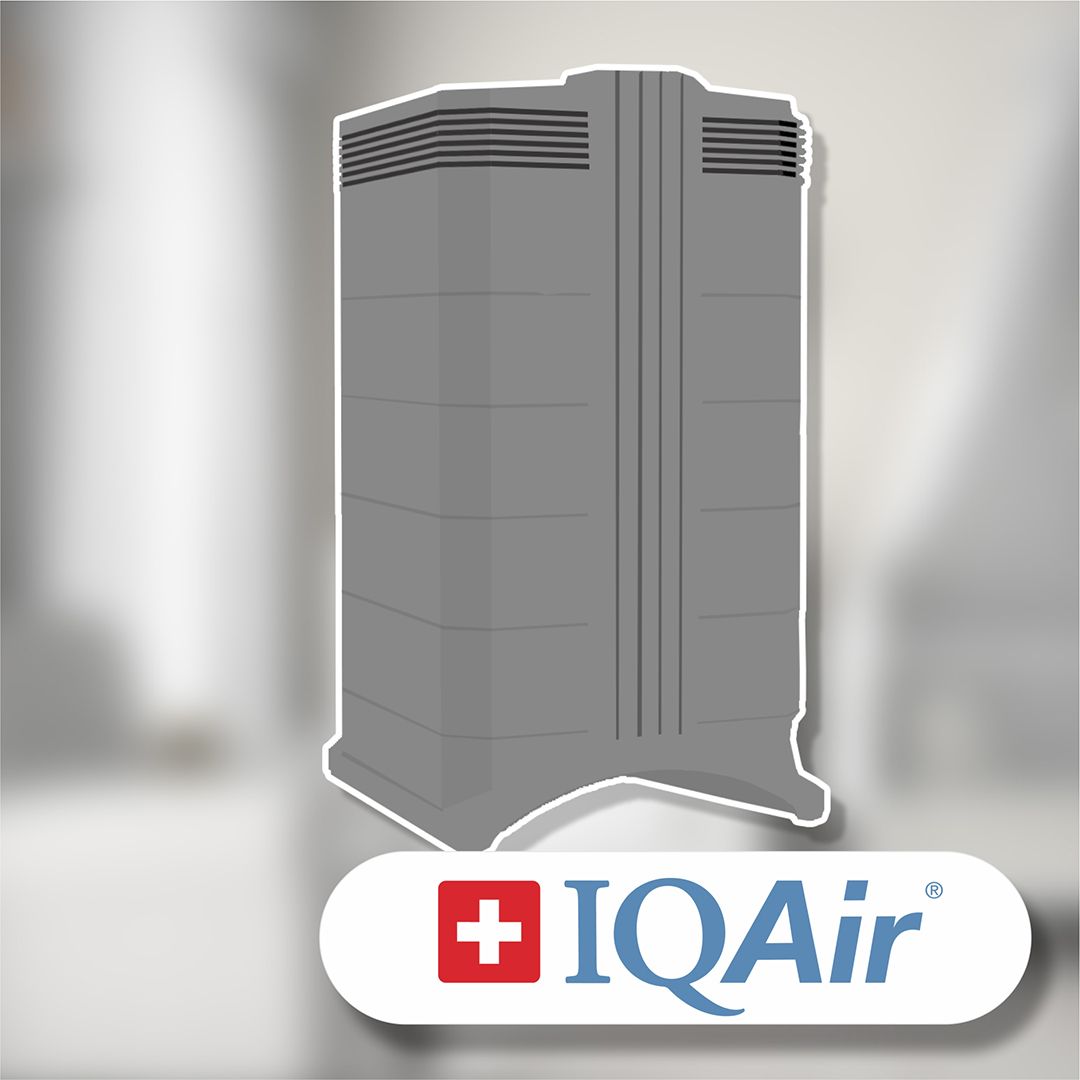

Alen Air
The majority of Alen Air filters do not use carbon, so cannot be used to remove chemicals and VOCs. But when they do, like IQ Air, it’s only a minimal amount (2lbs). This is why they also have a very short filter life of 6 months.
Honeywell
Honeywell does not use carbon in their main
filter, only in their pre-filter. This is not sufficient for the removal of
chemicals and VOCs. Like other brands, Honeywell also recommends a very
frequent HEPA filter change every 12 months. And their carbon filters have an
even shorter life span of only 3 months.


Dyson
According to Dyson, their carbon and HEPA filters should be replaced every 12 months. As with other brands, the cost of a regular filter change is considerable.
Winix
Using technology similar to ionizers, Winix uses electricity to break down pollutants in the air. It is worth noting that this type of technology does produce a certain amount of ozone. Extensive filter maintenance is also required, as the pre-filter must be cleaned every 14 days, and the main filters should be replaced between 3 and 12 months.
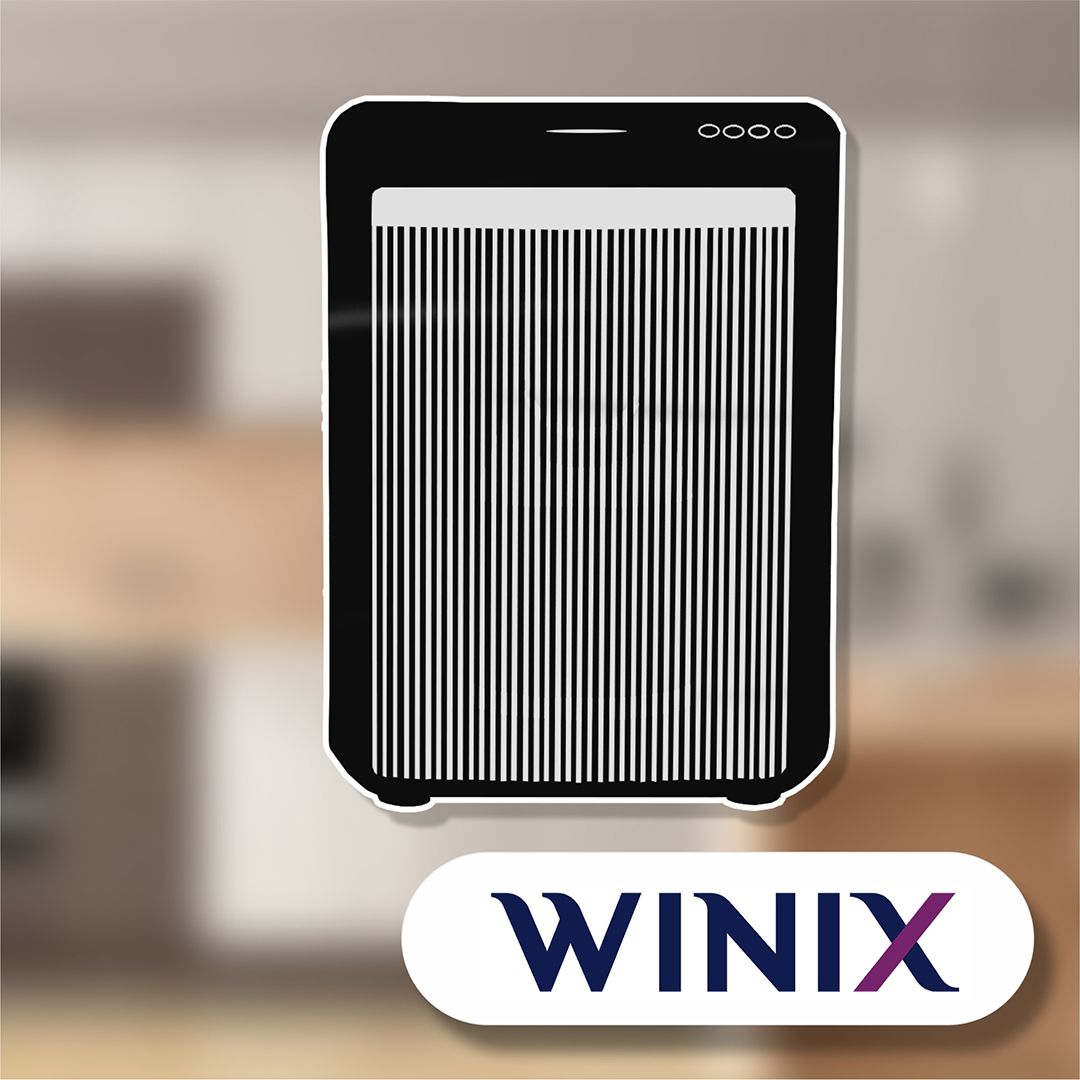
Shop Austin Air Systems
Discover the full line of Austin Air products and decide which one is best for your needs.
Contact
716-856-3700
Business Hours: Monday - Friday 8:30 Am To 5:00 Pm Eastern Standard Time
Copyright © 2024 AustinAir. All Rights Reserved.
Check out our socials


